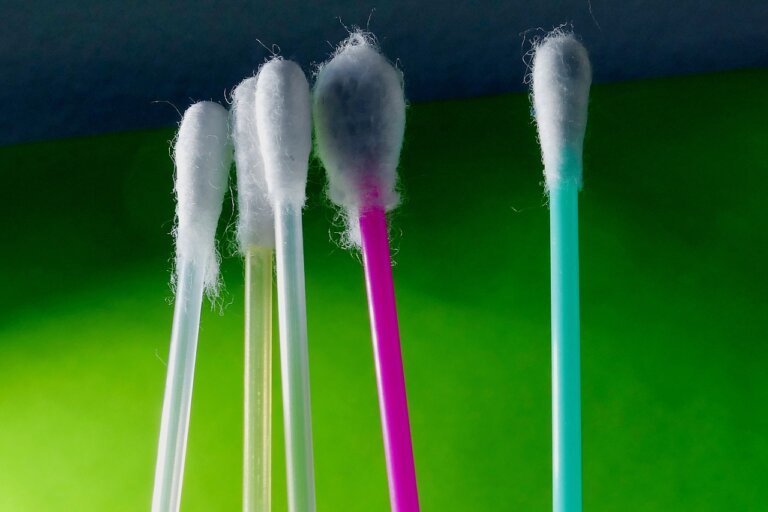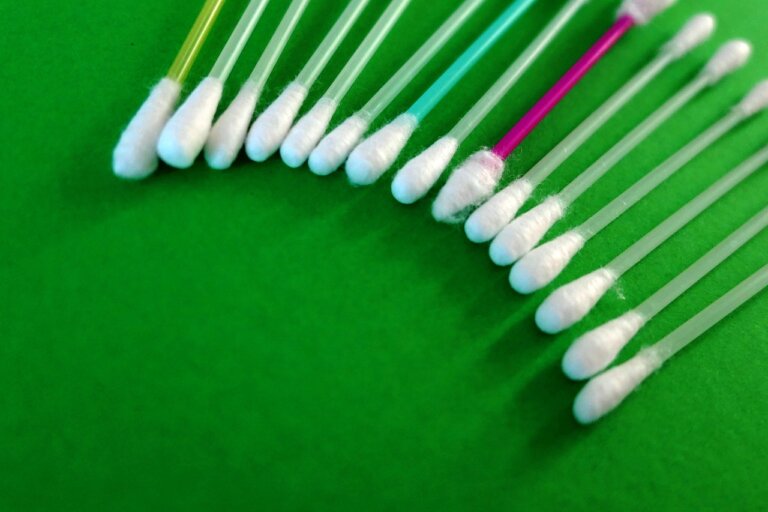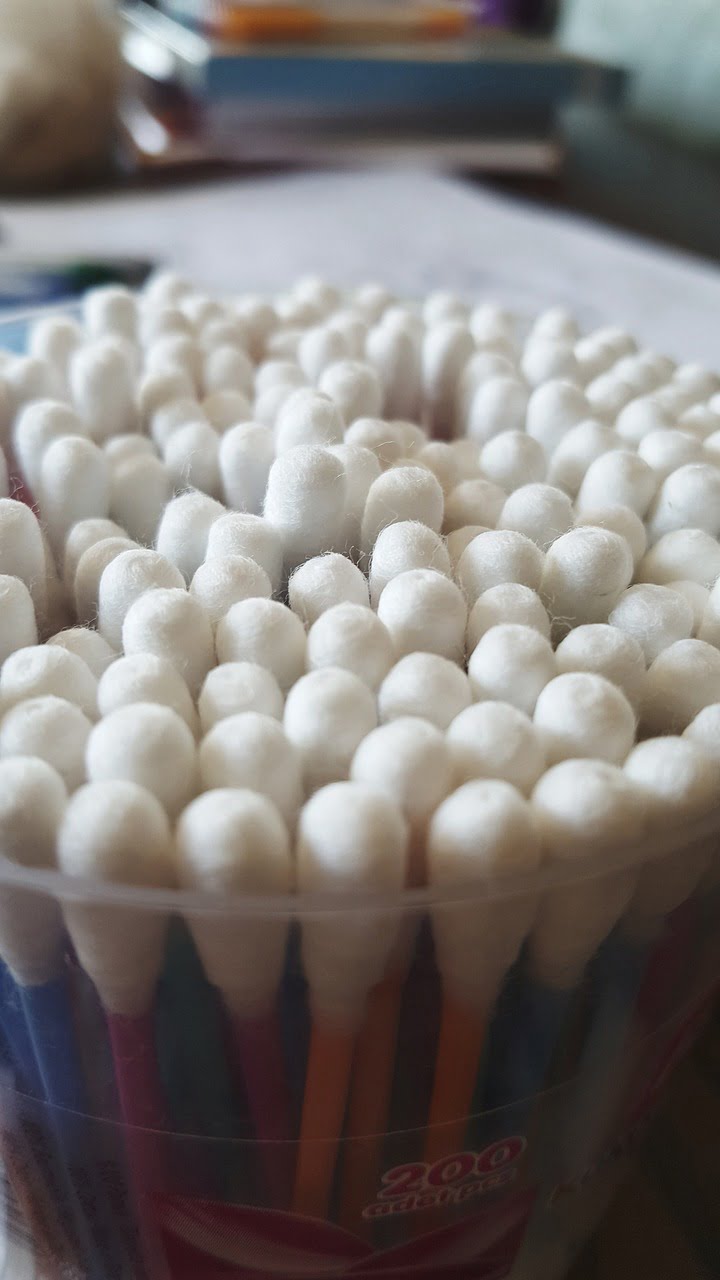Don’t Get Waxed Up in Myths: Debunking Popular Beliefs About Ear Wax
Last Updated on 25th April 2024 by Admin
Ear wax, also known as cerumen, is a naturally occurring substance produced by glands in the ear canal. Despite its importance in protecting the ears, ear wax often becomes a topic of confusion and misinformation. In this article, we will debunk some common myths surrounding ear wax and provide accurate information based on scientific research.
Introduction
Ear wax, or cerumen, is a natural substance produced by glands in the ear canal. Its primary function is to protect the ears by trapping dust, debris, and bacteria that may enter the ear canal. Contrary to popular belief, ear wax is not dirty or a sign of poor hygiene. In fact, it plays a crucial role in maintaining ear health. Understanding the truth about ear wax is essential for proper ear care.
Myth 1: Ear Wax is Dirty and Should be Removed Completely
One of the most common misconceptions about ear wax is that it is dirty and should be completely removed. In reality, ear wax is not dirty at all. It is a mixture of dead skin cells, natural oils, and other substances that help keep the ear canal lubricated and protected. The wax also acts as a barrier, preventing foreign particles from entering the delicate structures of the ear. Therefore, completely removing ear wax can actually strip the ears of their natural defense mechanism, potentially leading to dryness, itching, and increased risk of infection.
Myth 2: Q-Tips Are the Best Way to Clean Ear Wax
Many people believe that using Q-tips or other small objects is the best way to clean ear wax. However, this is far from the truth. Inserting Q-tips or any other objects into the ear canal can push the wax deeper, leading to blockages or impactions. It may also cause injury to the delicate tissues of the ear canal or eardrum. Instead of using Q-tips, it is recommended to let the ear wax naturally migrate out of the ear. The jaw movements during talking or eating, along with the natural shedding of skin cells, help the wax move towards the ear opening. If necessary, professional assistance from a healthcare provider can be sought for safe and effective ear wax removal.
Myth 3: Excessive Ear Wax Production is Abnormal
The amount of ear wax produced varies among individuals and is influenced by factors such as genetics, age, and environment. Some people naturally produce larger amounts of ear wax, while others produce less. The consistency and color of ear wax can also vary, ranging from soft and light to firm and dark. As long as the ear wax is not causing any discomfort or hearing problems, there is usually no cause for concern. It is important to understand that excessive ear wax production is not necessarily abnormal or a sign of an underlying health issue.
Myth 4: Hearing Loss is Always Caused by Excessive Ear Wax
While excessive ear wax can contribute to temporary hearing loss, it is not the sole cause of hearing problems. Other factors, such as age-related hearing loss, ear infections, or damage to the ear structures, can also affect hearing. If you are experiencing hearing loss or any other ear-related issues, it is important to consult an audiologist or an ear, nose, and throat specialist for a proper diagnosis. They can determine the underlying cause of the hearing loss and recommend appropriate treatment options.
Myth 5: Ear Candles are Effective for Removing Ear Wax
Ear candling is a popular alternative therapy claimed to remove excess ear wax. However, there is no scientific evidence to support its effectiveness. In fact, ear candling can be dangerous and may cause burns, blockages, or even puncture the eardrum. It is always best to rely on evidence-based methods for ear wax removal, such as visiting a healthcare professional. They have the knowledge and tools to safely and effectively remove excessive ear wax if necessary.
Myth 6: Ear Wax Should be Removed Regularly
Unless ear wax is causing problems, it is generally not necessary to remove it regularly. The ear has a self-cleaning mechanism, and the wax naturally migrates out of the ear canal. Attempting to remove ear wax too frequently can disrupt this natural process and lead to irritation or damage. However, if you are uncertain about the condition of your ear wax or have concerns, it is advisable to consult a healthcare professional. They can evaluate your ears and provide guidance on whether ear wax removal is necessary.
Myth 7: Home Remedies Are Safe for Ear Wax Removal
Many home remedies for ear wax removal, such as using baby oil, hydrogen peroxide, or ear drops, are commonly suggested. However, it is crucial to exercise caution when attempting to remove ear wax at home. Over-the-counter ear drops should be used strictly as directed, as misuse can cause irritation or damage. It is always best to consult a healthcare professional before trying any home remedies to ensure their safety and effectiveness. They can provide proper guidance based on your specific situation.
Conclusion
In conclusion, it is important to separate fact from fiction when it comes to ear wax. Ear wax is a natural substance that helps protect the ears from foreign particles. Contrary to common myths, ear wax is not dirty and does not need to be removed entirely. Cleaning the ears with objects like Q-tips can be harmful and may lead to complications. Additionally, excessive ear wax production is not necessarily abnormal, and hearing loss can have various causes beyond ear wax. To ensure safe and effective ear wax removal, it is recommended to seek professional assistance when needed. By understanding the truth about ear wax, we can take better care of our ears and maintain optimal ear health.
FAQ
Q: Is ear wax dirty and a sign of poor hygiene?
A: No, ear wax is not dirty and is not a sign of poor hygiene. It is a mixture of dead skin cells, natural oils, and other substances that protect the ear canal.
Q: Are Q-tips the best way to clean ear wax?
A: No, using Q-tips or other small objects to clean ear wax is not recommended. It can push the wax deeper and cause blockages or injury to the ear canal or eardrum.
Q: Is excessive ear wax production abnormal?
A: No, excessive ear wax production is not necessarily abnormal. The amount of ear wax produced varies among individuals and is influenced by factors such as genetics, age, and environment.
Q: Can ear candles effectively remove ear wax?
A: No, there is no scientific evidence to support the effectiveness of ear candles for removing ear wax. They can be dangerous and cause burns, blockages, or even puncture the eardrum.







